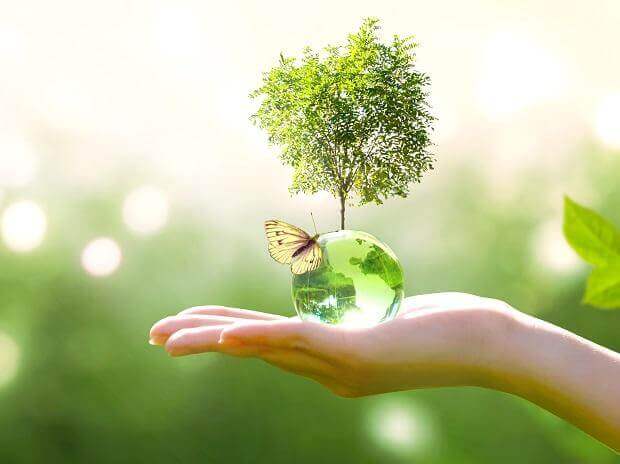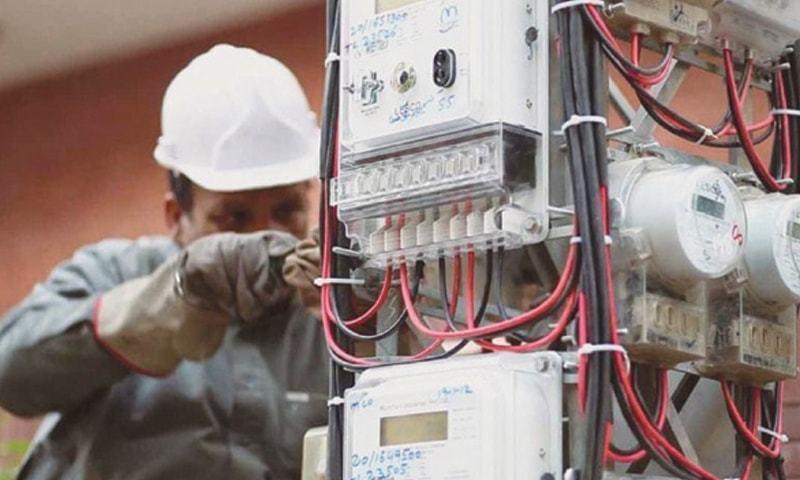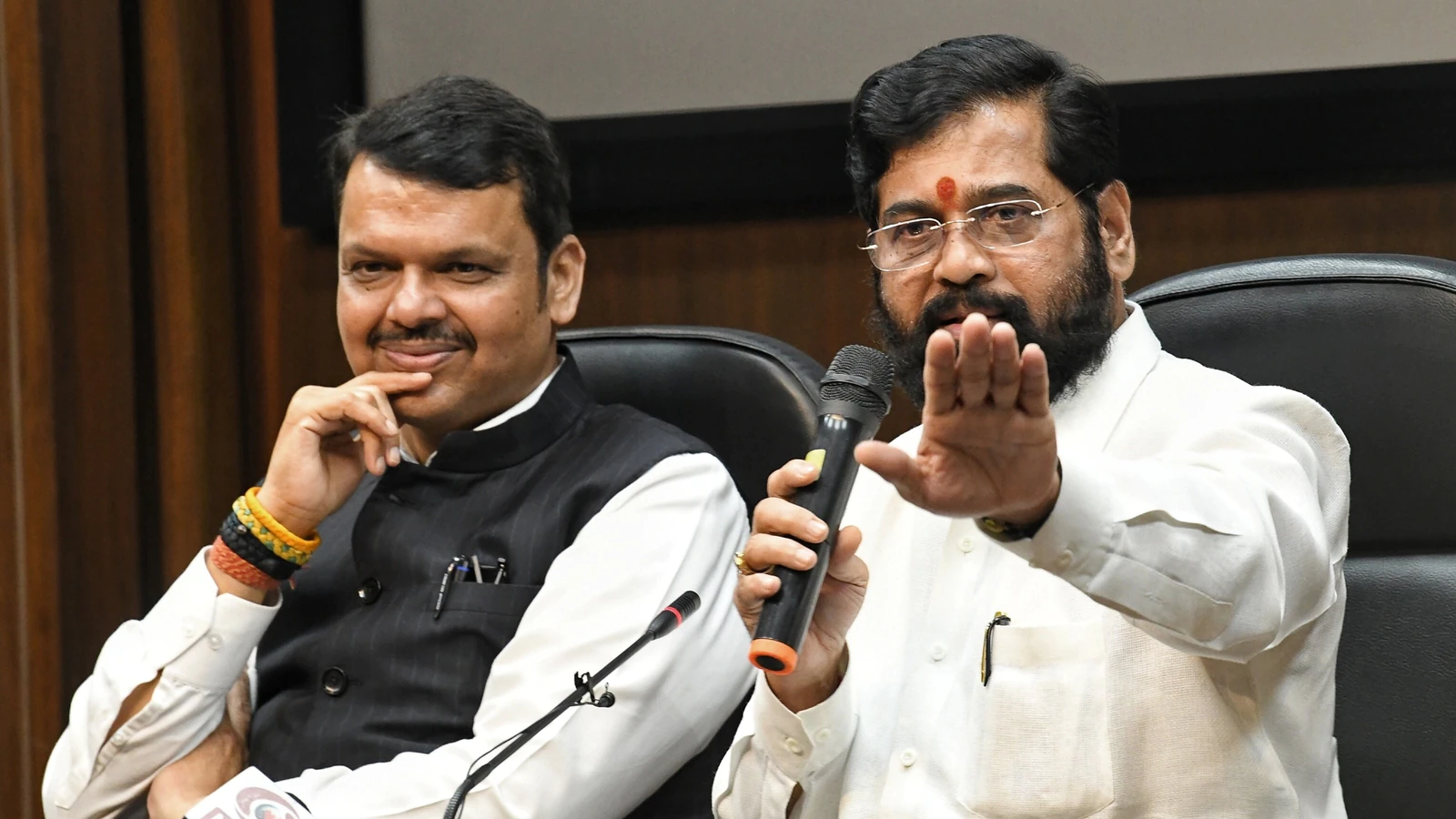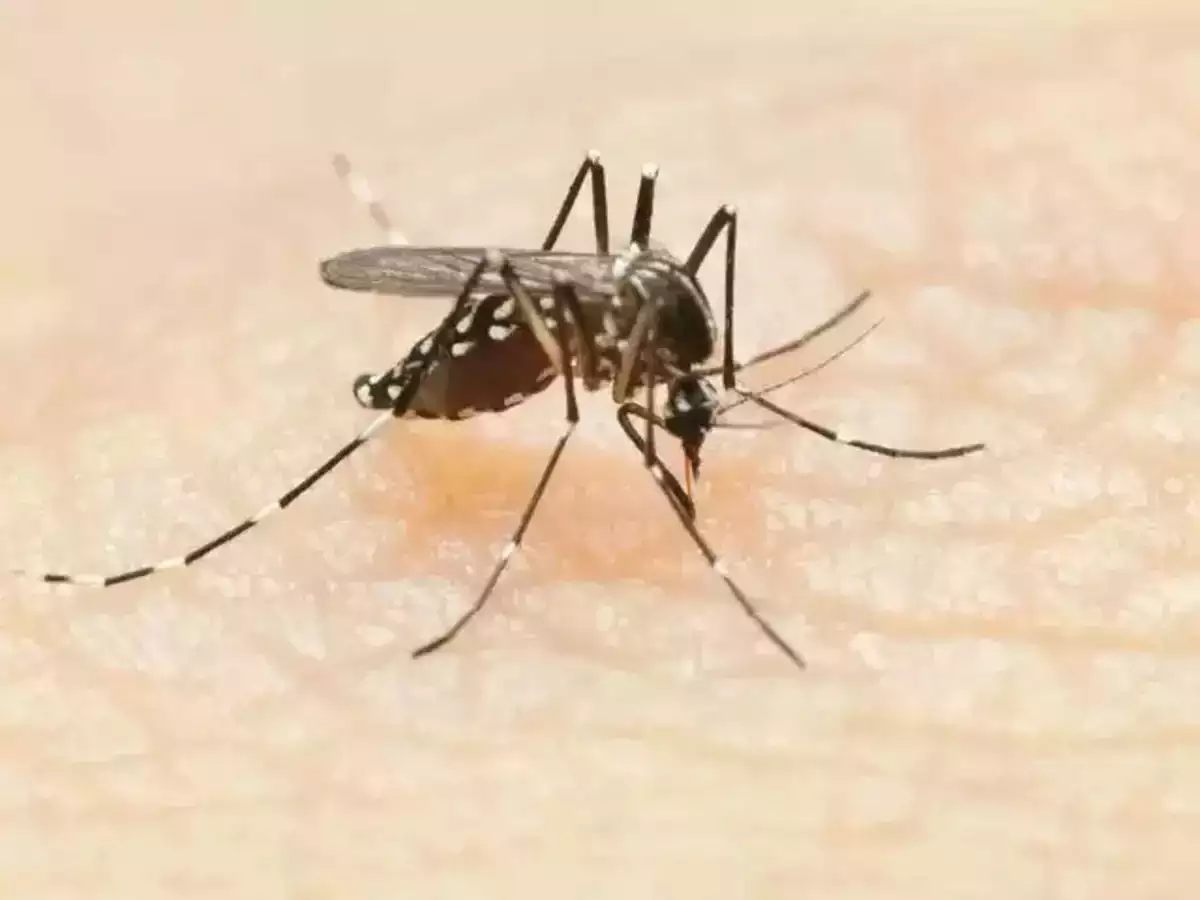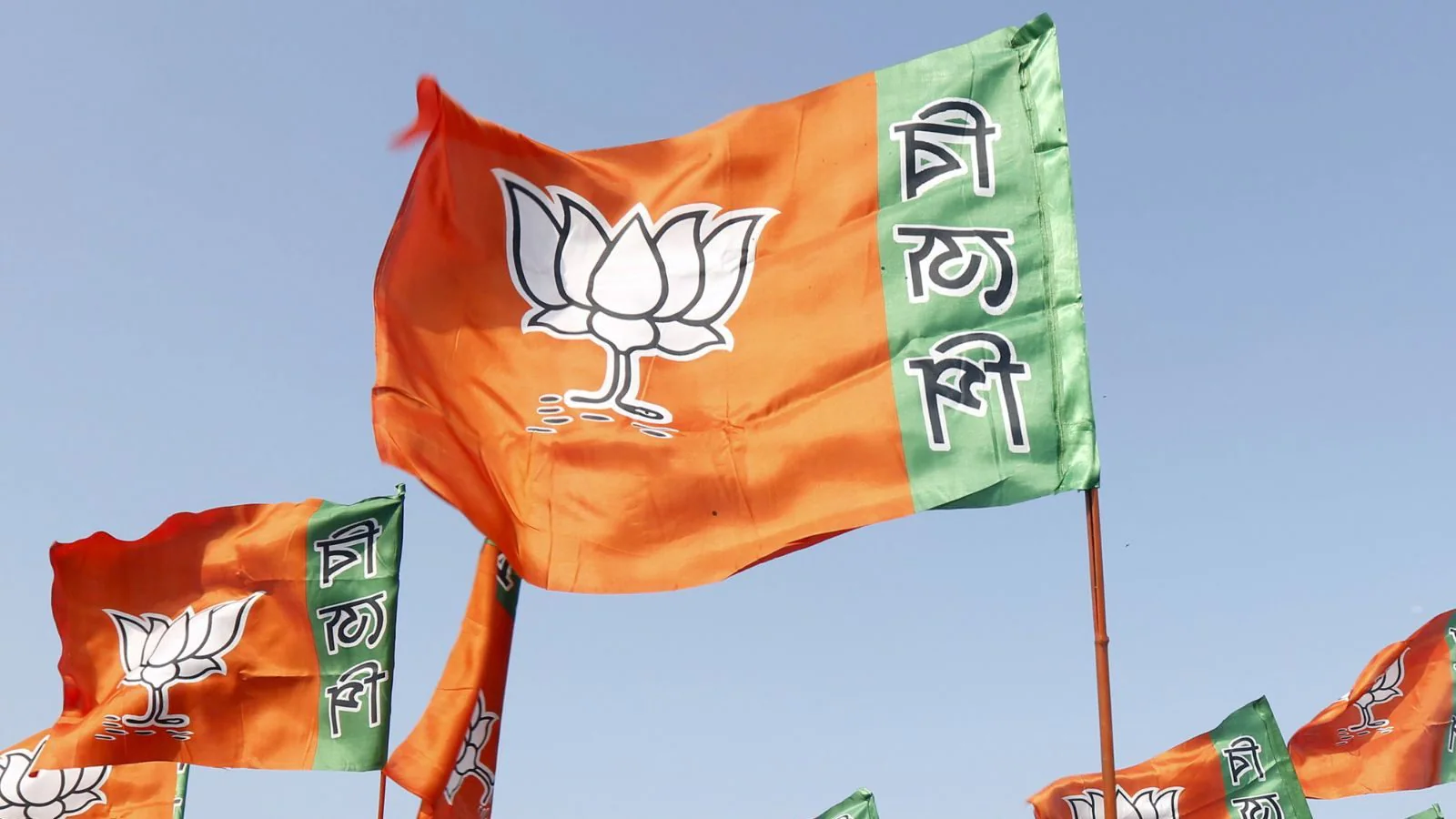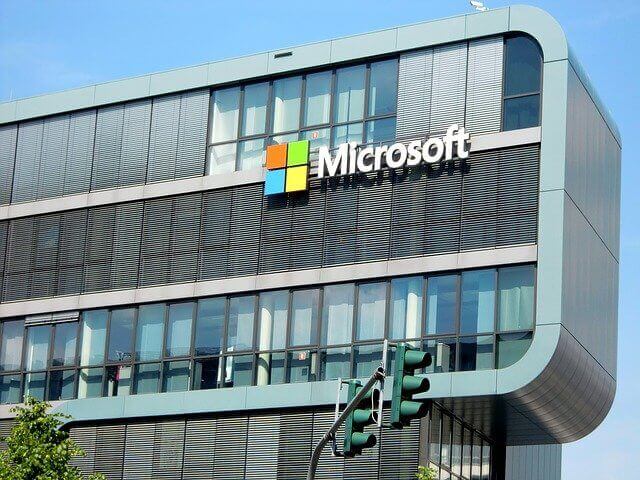Spending on clean energy amounts to 3 per cent of the $16.9 trillion that governments have so far mobilised to bolster their economies from the recession triggered by the Covid-19 pandemic, the latest update from the International Energy Agency said on Thursday.
The share is up from around two per cent in July but still leaves global carbon dioxide (CO2) emissions on an upward trajectory, with this year is set to be the second largest annual increase in history.
Governments have increased the amount of their economic recovery spending that is going towards clean energy investments by 20 per cent in the past three months, new estimates from the IEA’s Sustainable Recovery Tracker show.
But the spending is highly imbalanced geographically — with most of it taking place in advanced economies rather than the developing world — and still falls short of what is needed to put global CO2 emissions into sustained decline.
“We are witnessing an uneven and unsustainable recovery from last year’s economic crisis — a recovery that consists of huge growth in fossil fuel consumption while leaving behind nearly 80 per cent of the world’s population in the shift towards a new and cleaner energy economy,” said IEA Executive Director Fatih Birol.

On the eve of the G20 Leaders’ Summit and the COP26 Climate Change Conference, governments of major economies need to show they are ready to drive a massive scaling up of investments in clean energy globally and steer the world on to a safer path.
Failure to put their money where their mouth is could well mean failure to keep the door open to limiting global warming to 1.5 degrees Celsius. The IEA introduced the Sustainable Recovery Tracker in July to assess how government recovery measures to compare with the Sustainable Recovery Plan, which the agency published last year.
The IEA Plan recommended $1 trillion of annual spending on clean energy measures worldwide over a three-year period that could put the world on track with international climate goals while boosting global economic growth and employment. The Sustainable Recovery Tracker, which was launched as a contribution to Italy’s Presidency of the G20, will continue to be updated regularly, as requested by G20 members.
In the past three months, 40 new funding announcements have been made, and 140 previously announced spending programmes have added new details or spending. These expand on the 800 spending policies previously covered in the IEA tracker.
In total, governments have now earmarked an estimated $470 billion for clean energy investment between now and 2030 — an increase of $90 billion, or 20 per cent, from the level seen in July.

